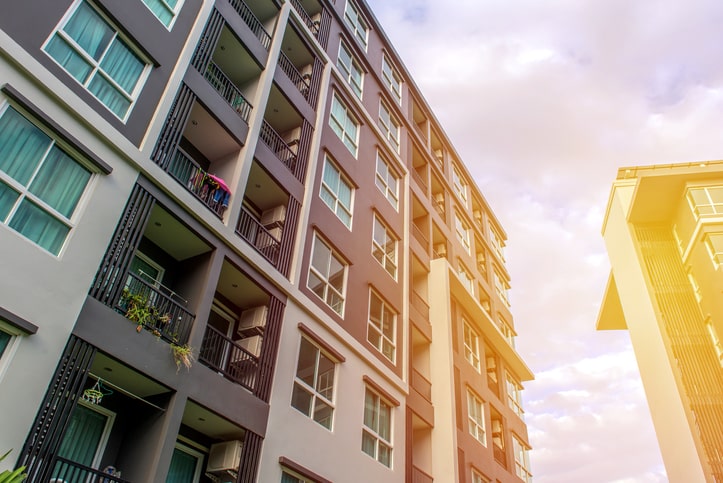How To Integrate Cold-Formed Steel Framing On Your Next Multi-Family Construction Project
Here’s how to integrate cold-formed steel framing.

Everything from affordable apartment complexes to military housing to luxury condominiums is ideal for CFS framing.
The repetitive nature of such projects, with floor after floor of more or less identical framing assemblies and layouts, makes cold-formed steel the perfect choice to build cost-effectively.
Many developers, builders, and architects may not realize all the opportunities and benefits of cold-formed steel framing, especially in multi-family projects, even though it has been around for decades.
Safe & efficient structural solution
Cold-formed steel is the safe and efficient structural solution for developers looking to have a superior return on investment. It has a shorter cycle time than most other construction options. Cold-formed steel’s consistent material quality and flexibility in design lend themselves well to any project.

Learn more about how cold-formed steel can impact your next multi-family project with these resources:
Build lasting structures.
For more information about utilizing cold-formed steel framing and increasing a project’s return on investment in multi-family, load-bearing applications, reach out for our assistance.
